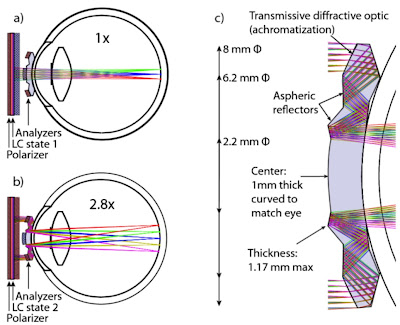Cool video about GMT fabrication in Muy Interesante: Espejos hacia el cielo. Video (Text in Spanish)

Cool video about GMT fabrication in Muy Interesante: Espejos hacia el cielo. Video (Text in Spanish)
This article on Photonics.com talks about the manufacturing of the next generation astronomical telescopes, including GMT and more. Go to Photonics.com
The third of the seven primary mirrors for the Giant Magellan Telescopewas cast here Saturday (Aug. 24) at the University of Arizona’s Steward Observatory Mirror Lab. … Read more on Space.com
Casting of the third primary mirror of GMT will start this Saturday, Aug 24, in the Steward Observatory Mirror Lab, Univ. of Arizona. FOXNEWS reports the even and introduces the GMT online:
Dr. Wendy Freedman, Chairman GMT, and Dr. Pat McCarthy, Director GMT, discuss the Giant Magellan Telescope’s mirrors and the science that they will enable.
The Practical Optics Workshop (POW) is a set of focused activities outside of the regular curriculum that provide graduate students opportunities to learn valuable practical skills. The goal of POW is to fill the gap between the classes and the actual research work. It covers skills that are broadly need for graduate students’ research and their future employment. The main organizer of this workshop is Dr. Ping Zhou from LOFT. Faculties through out the College of Optical Sciences will participate teaching. Test runs for some of the sub-workshops are already under going. The official kicked off will be in the coming semester. A more detailed introduction can be found here:
http://www.loft.optics.arizona.edu/documents/presentations/POW_Introduction-student.pptx
In what could prove to be a major breakthrough in quantum memory storage and information processing, German researchers have frozen the fastest thing in the universe: light. And they did so for a record-breaking one minute. (from io9.com)
An article in the local magazine, Desert Leaf, talks about the Steward Observatory Mirror Lab (SOML) and the giant mirrors under fabrication there. Follow the link below, and the article is on P 32-35.
https://dl.dropboxusercontent.com/u/73190213/Desert_Leaf_SOML.pdf
This video explains how astronomers search for exoplanets (planets outside the Solar System). The techniques applied are all based on optics, which gives a background knowledge explaining why works done by our group are important.
http://www.phdcomics.com/tv/#039
A novel telescopic contact lens has been developed by engineers led by Joe Ford at UC San Diego. The lens can add a 2.8x optical zoom to normal vision when its mode is switched with a polarized glasses. The design uses 4 aspherical reflective surfaces and a diffractive optical element to achieve the performance and keep the lens wearable (1.17 mm thick) at the same time. The work was originally published on Optical Express. As an optical testing group, we are thinking: “how to test it”?
http://www.comagenius.net/2013/07/switchable-telescopic-contact-lens.html#.UeWQIo3VCao
http://scitechdaily.com/engineers-develop-a-telescopic-contact-lens/
